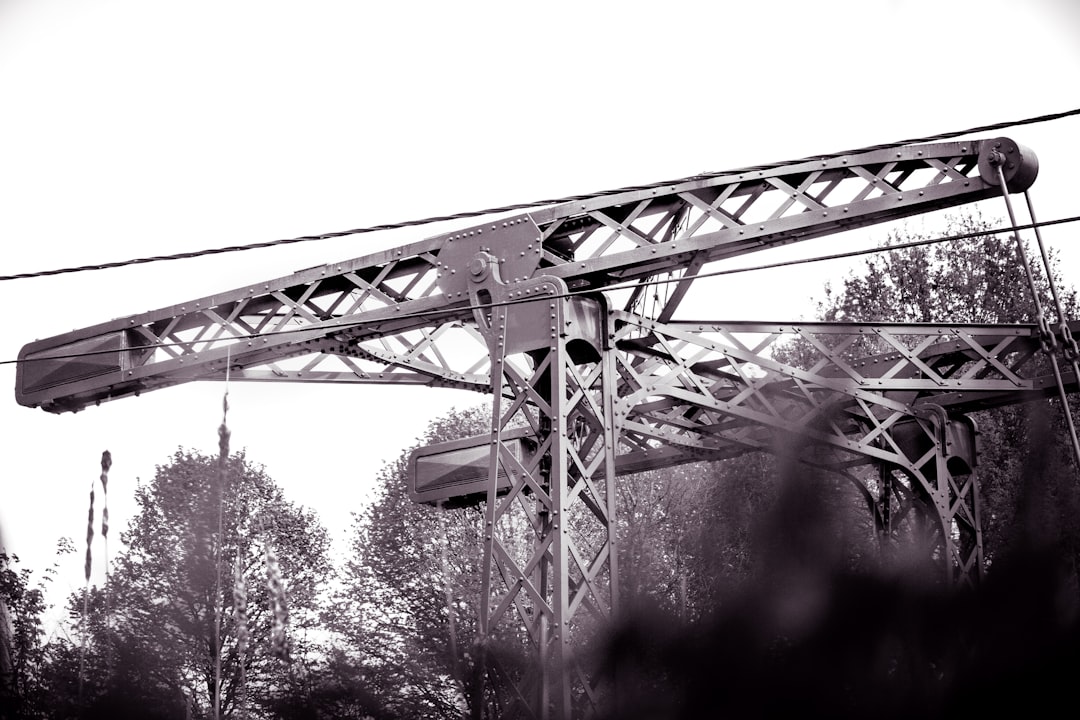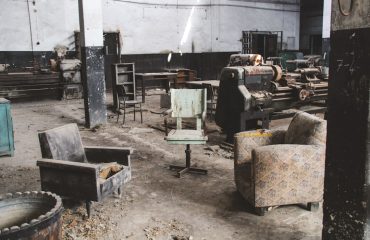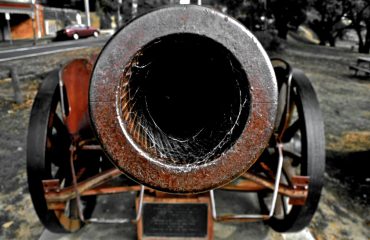Steel bridges, symbols of engineering prowess and elegant design, grace our landscapes and facilitate global connectivity. Designing these structures is a complex undertaking, demanding a deep understanding of structural mechanics, material science, and construction techniques. This comprehensive guide delves into the key aspects of steel bridge design, providing a detailed overview for both seasoned engineers and curious minds.
1. Understanding Loads and Forces: The Foundation of Bridge Design
Before even sketching the first design, engineers must meticulously analyze the anticipated loads a steel bridge will endure. This includes:
- Dead Loads: The weight of the bridge itself, including the steel structure, decking, and any permanent fixtures.
- Live Loads: The weight of vehicles, pedestrians, and other moving elements. Design codes specify minimum live load requirements based on the intended traffic volume and type.
- Environmental Loads: Forces from wind, snow, ice, earthquakes, and temperature changes. These loads can significantly impact the design, especially in regions prone to extreme weather conditions.
- Impact Loads: Dynamic forces caused by moving vehicles, particularly heavy trucks, which can induce vibrations and stresses exceeding static loads.
- Yield Strength: The stress at which the steel begins to deform plastically. Higher yield strength allows for lighter and more slender members.
- Tensile Strength: The maximum stress the steel can withstand before failure. This is crucial for tension members like suspension cables.
- Ductility: The ability of the steel to deform significantly before fracturing. Ductility is important for absorbing energy during impacts and preventing brittle failure.
- Weldability: The ease with which the steel can be welded, a critical aspect of steel bridge construction. Different steel grades have varying weldability characteristics.
- Corrosion Resistance: Protecting the steel from corrosion is essential for long-term durability. This often involves protective coatings, galvanization, or the use of weathering steel.
- Span Length: The distance between support points significantly influences the design. Longer spans necessitate more complex structural systems, such as suspension bridges or cable-stayed bridges.
- Aesthetics: The bridge’s visual impact on the surrounding environment is a crucial factor. Designers strive to create structures that are not only functional but also visually pleasing and integrate seamlessly with the landscape.
- Functionality: The bridge must meet its intended purpose. This includes considerations such as the number of lanes, pedestrian walkways, and bicycle paths.
- Accessibility: Designing for accessibility is crucial, ensuring that the bridge is usable by people with disabilities.
- Maintainability: Ease of maintenance and inspection should be factored into the design to minimize long-term costs and ensure the bridge’s longevity.
- Modular Construction: Fabricating bridge components off-site and assembling them on-site speeds up construction and reduces disruption.
- Erection Methods: Various methods, including cranes, floating barges, and incremental launching, are employed depending on the bridge’s design and location.
- Welding and Bolting: These are the primary methods for connecting steel members. Strict quality control is vital to ensure the integrity of the welds and bolted connections.
- Quality Assurance and Control: Rigorous inspections and testing throughout the construction process are essential to verify compliance with design specifications and safety standards.
- High-Performance Steels: The development of new steel grades with enhanced strength and durability is leading to lighter and more sustainable designs.
- Advanced Analysis Techniques: Sophisticated software and computational methods allow for more accurate load predictions and optimized designs.
- Sustainable Design Practices: Minimizing the environmental impact of steel bridge construction through material efficiency, reduced waste, and the use of recycled materials.
- Lifecycle Assessment: Considering the entire lifecycle of the bridge, from design and construction to maintenance and eventual demolition, to minimize its environmental footprint.
Accurate load calculations are crucial. Sophisticated software packages employing finite element analysis (FEA) are commonly utilized to model the bridge’s behavior under various load combinations and ensure its structural integrity.
2. Material Selection and Properties: Choosing the Right Steel
The choice of steel grade is paramount. Factors to consider include:
Engineers often select high-strength low-alloy (HSLA) steels for their superior strength-to-weight ratio, leading to cost-effective and efficient designs.
3. Design Considerations: Span Length, Aesthetics, and Functionality
The design process involves balancing structural efficiency with aesthetic appeal and functional requirements. Key considerations include:
4. Construction Techniques and Fabrication: Bringing the Design to Life
The construction phase requires meticulous planning and execution. Common techniques include:
5. Advancements in Steel Bridge Design: Innovation and Sustainability
The field of steel bridge design is constantly evolving. Recent advancements include:
By embracing innovation and sustainable practices, engineers are continually pushing the boundaries of steel bridge design, creating structures that are not only safe and efficient but also environmentally responsible.
Designing steel bridges is a multifaceted discipline that combines art and science. Through careful planning, advanced analysis, and meticulous construction, engineers create enduring structures that serve as testaments to human ingenuity and engineering excellence.
Tags: steel bridge design, bridge engineering, structural engineering, load calculations, steel bridge construction




